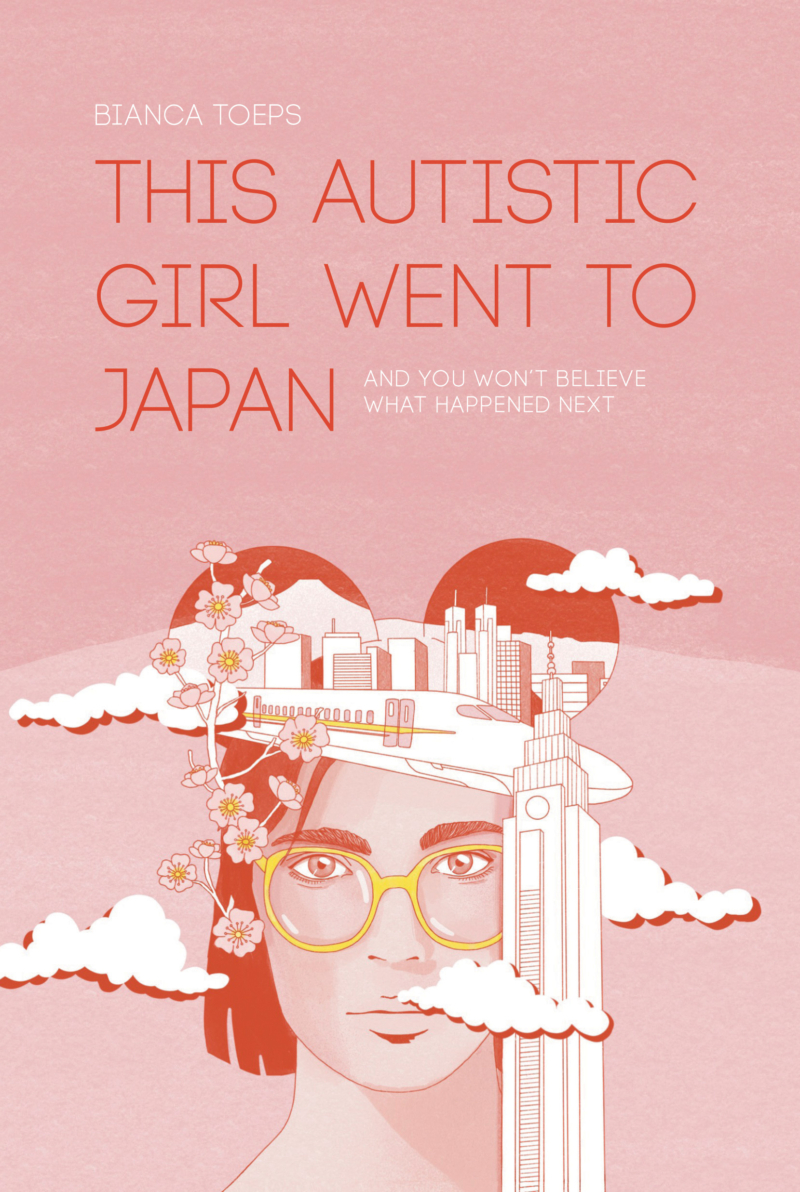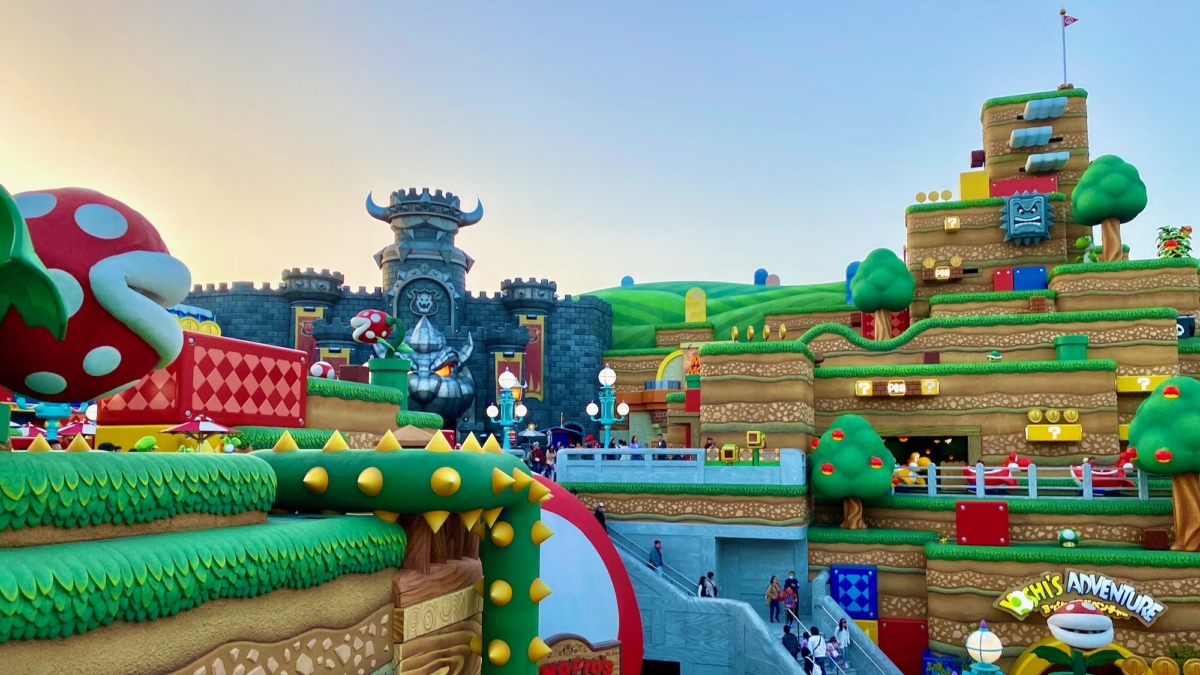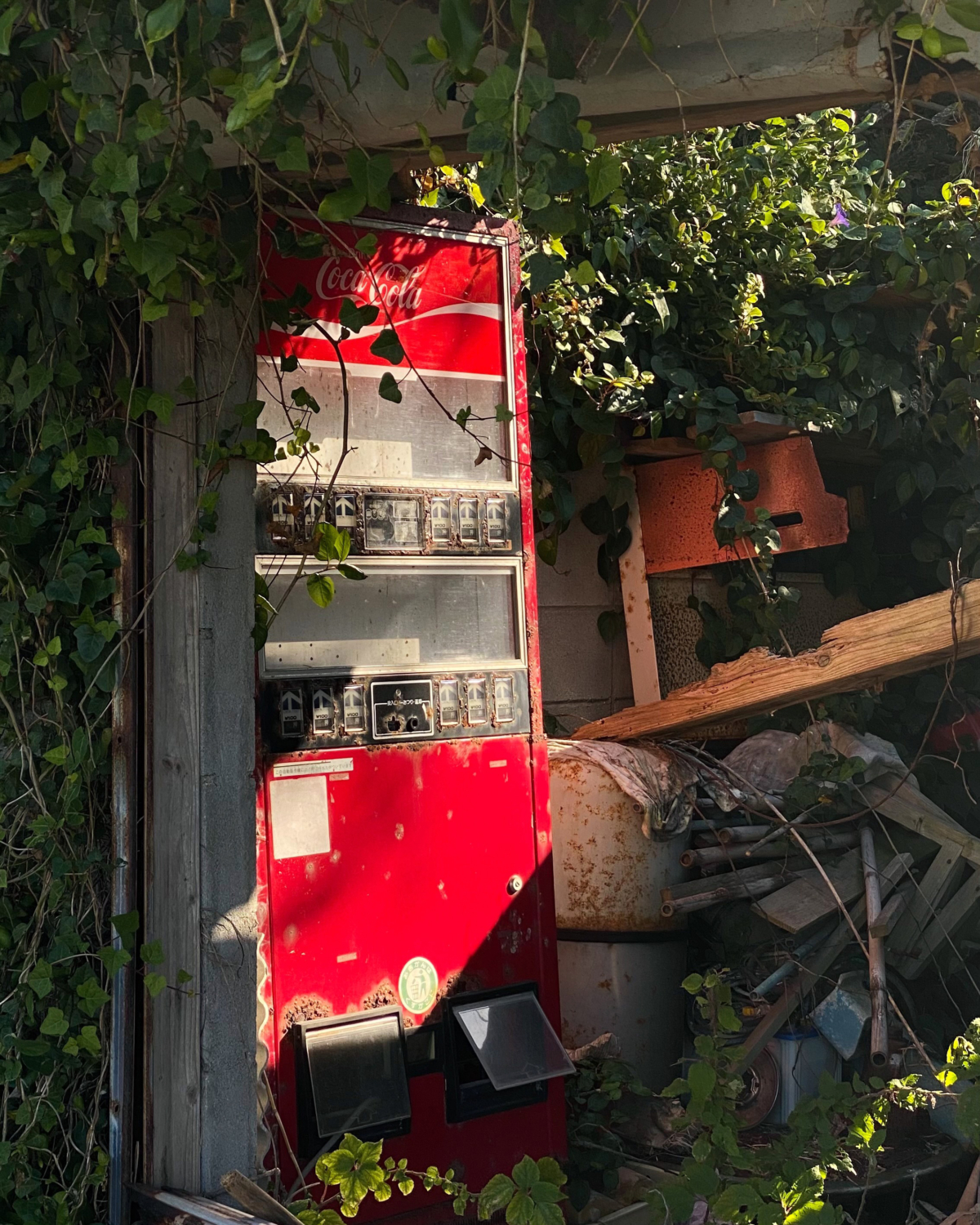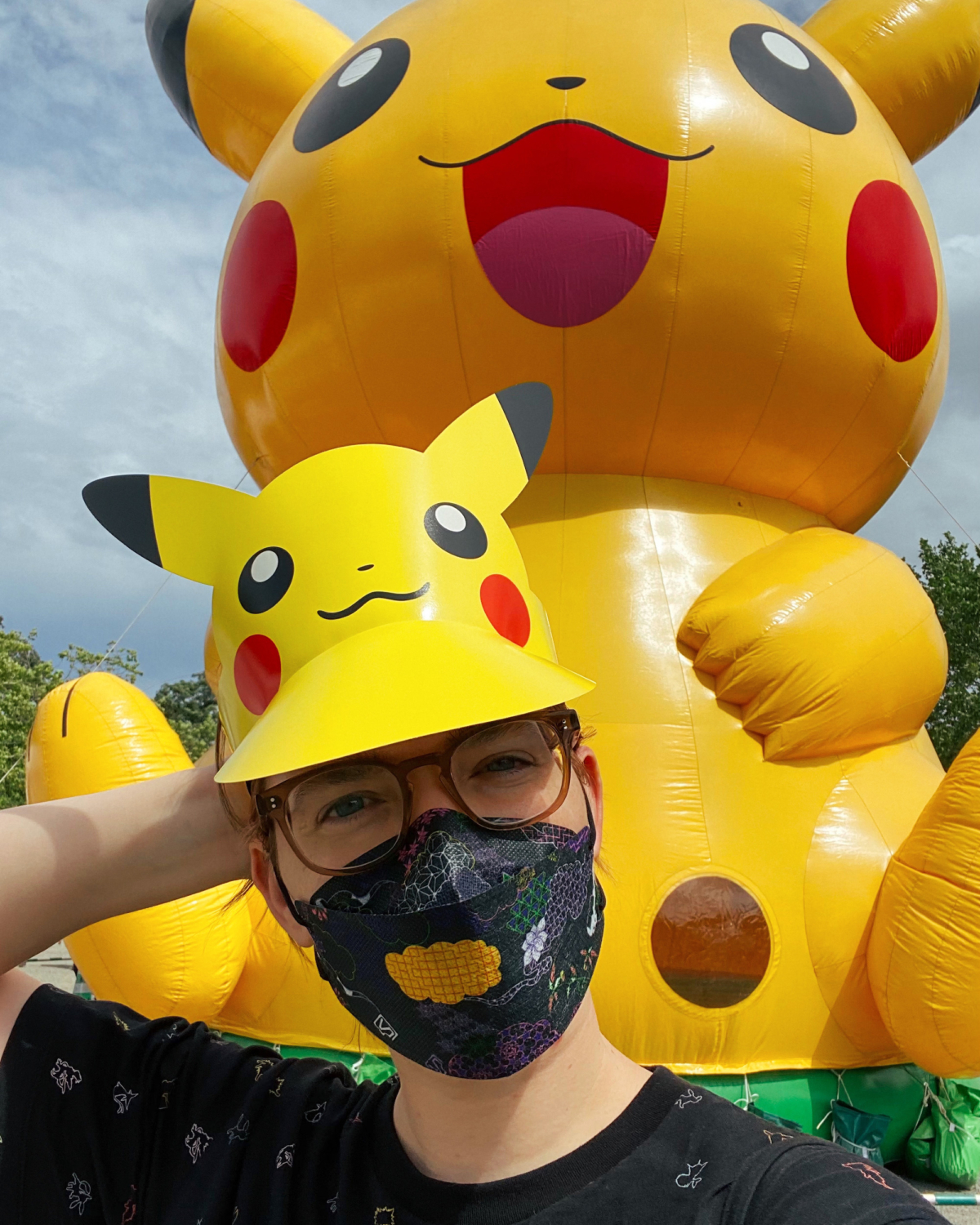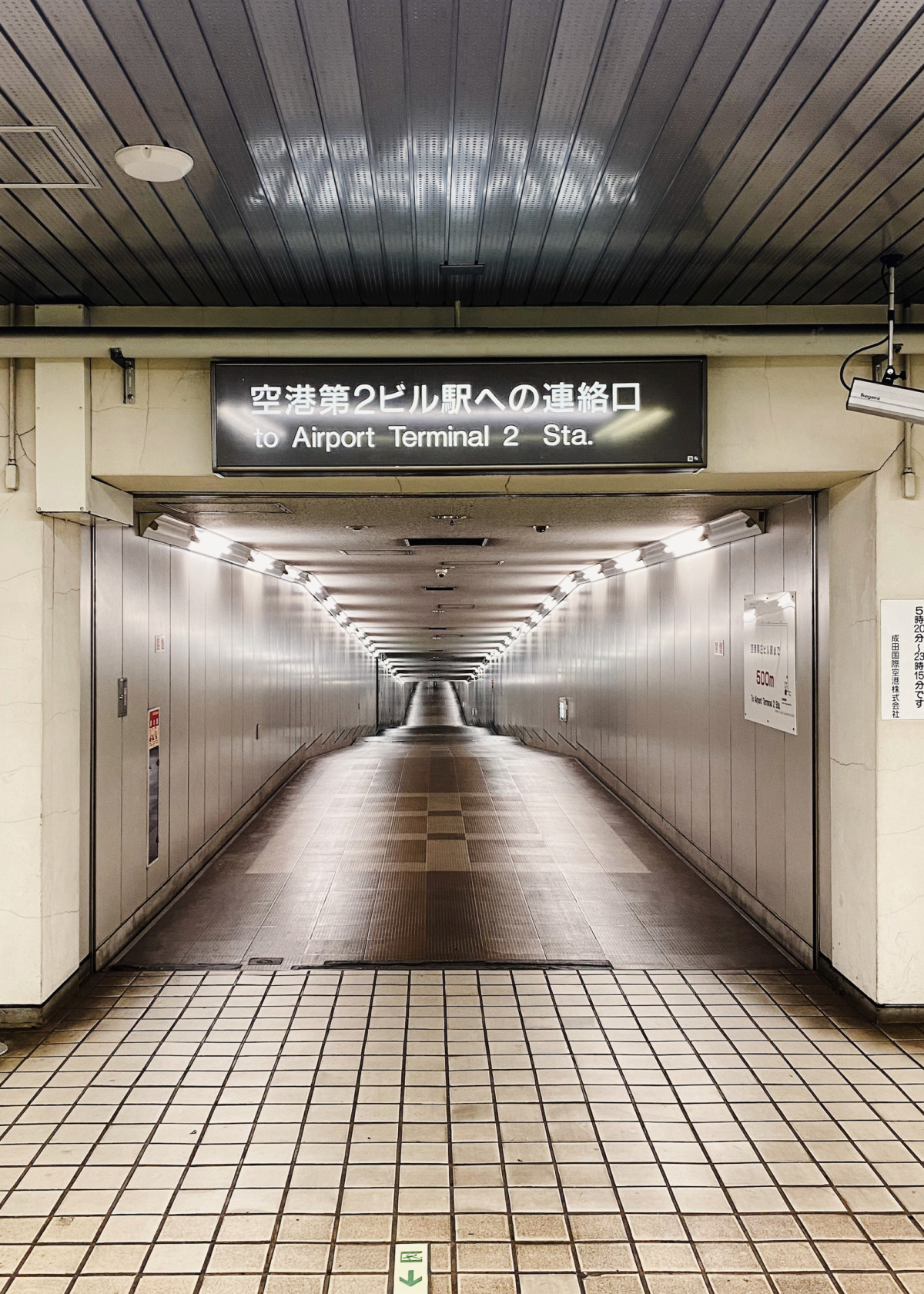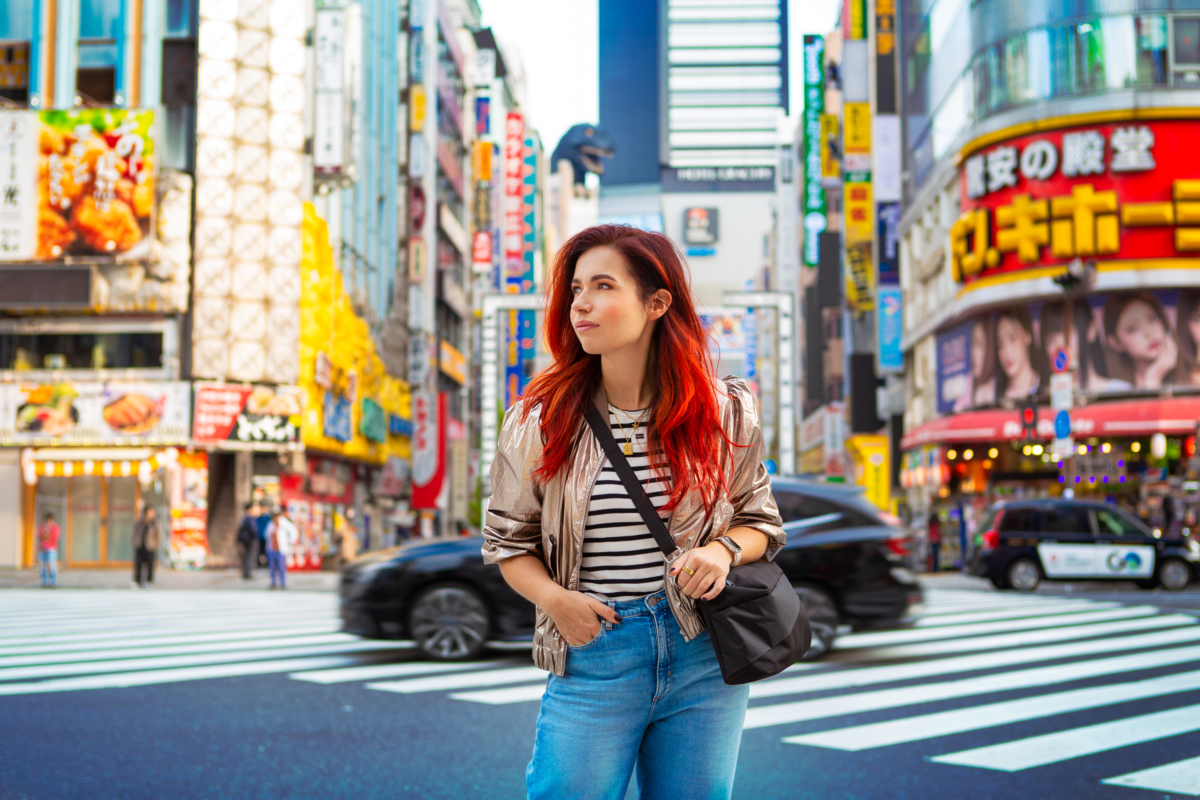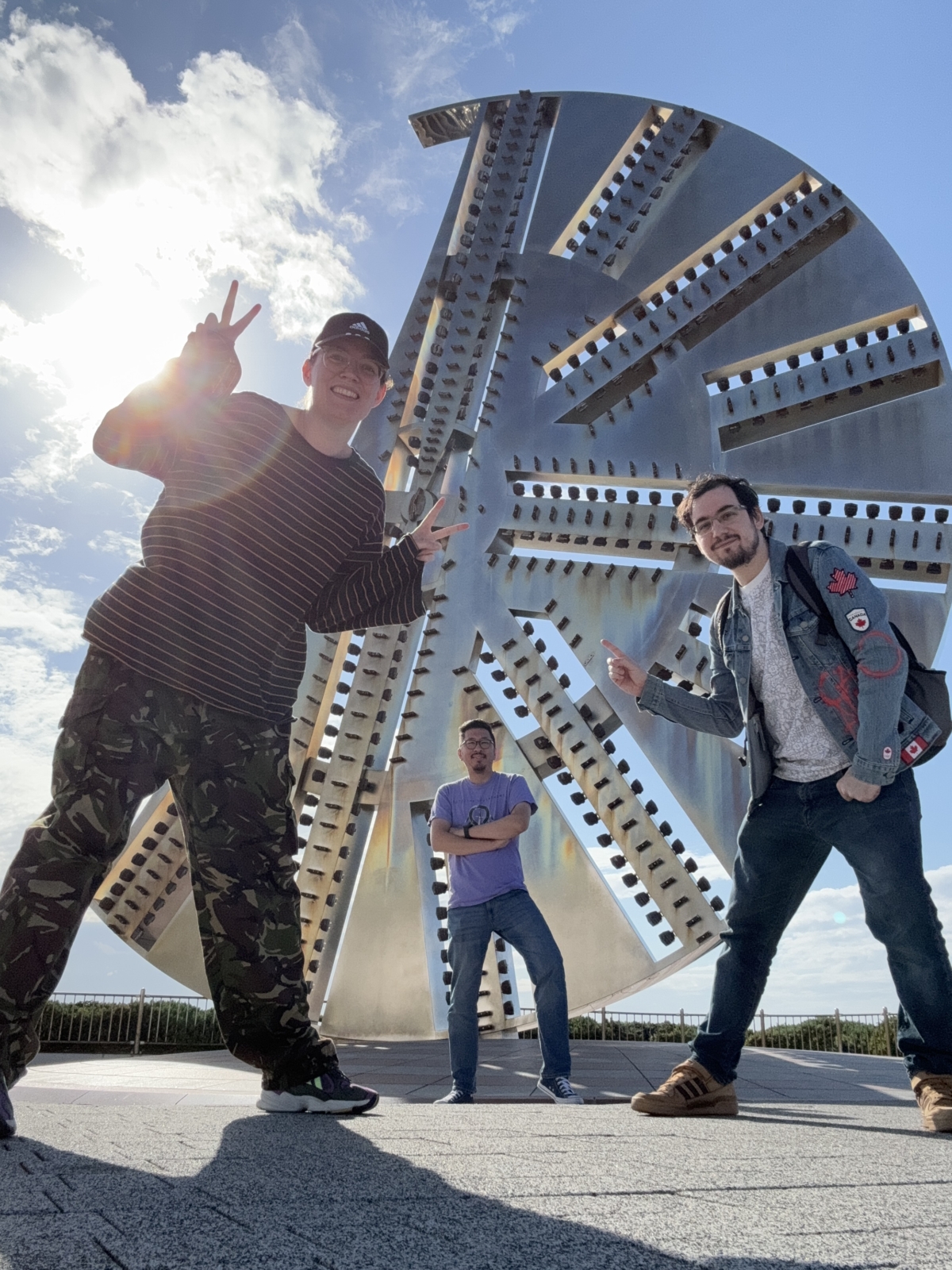Last Monday was Sea Day. A national holiday in Japan, and therefore a perfect excuse to go out. To the sea, or elsewhere. Jean-Jacques and I chose elsewhere; in fact, we had bought tickets for a steam train ride in Tochigi prefecture!
Breakdown
Before we could take a ride on SL Taiju, the 1941 steam train (23 years later the first Shinkansen was running, which is kind of bizarre really), we had to get to starting point Shimo-Imaichi. We took the Spacia Kegon express train from Kita-Senju station in northeastern Tokyo, a train that must have looked very futuristic in 1990. That weekend also saw the launch of the new Spacia X, but of course that was sold out months in advance. Fortunately, the Spacia Kegon was also still running fine, so a little less than two hours later we were in Shimo-Imaichi…. Where there was no steam train in sight.
Or well, there was one in the garage. But we were about to leave, so um, what was going on here? Jean-Jacques asked an employee on the platform, who told him that the steam locomotive was broken. So we were getting a vintage diesel locomotive from the 1960s to replace it. Now the diesel locomotive looked great too, fresh orange paint and all, but it was still a bit of a bummer. Especially with all the leaflets and merchandise on board, which showed the steam train in all its glory.
The employee had told us that they used two steam trains (one of which was broken), and that the ride on Monday afternoon would be with a steam locomotive. Jean-Jacques quickly booked tickets for that ride. Perhaps a little too quickly, but that will become apparent later.

Kinugawa Onsen
The not-so-steam train headed to Kinugawa Onsen, a place already on my list because of this YouTube video, in which urban explorers visit a row of abandoned hotels. Kinugawa Onsen was once a popular destination for domestic vacations, with its natural hot springs and a beautiful valley through which a crystal-clear river flows. Gigantic resorts sprung up like mushrooms on both banks of the town, where besides a few crappy attractions there isn’t really much more to do than eating and soaking in the bath. Nice, of course, but perhaps the dozens of hotels out-competed each other.
Anyway, I had booked us a traditional Japanese room at one of the hotels that was still in business. And while the place looked somewhat outdated, and the average age of the guests reflected that, it wasn’t all elderly people. An onsen trip is still worthwhile even for Japanese twenty-somethings. We saw them playing ping-pong in the lobby, bathing in the spring water and eating and drinking in the hotel’s restaurants and bars.
At most onsen resorts, including ours, you get to borrow a yukata (a thin, cotton kimono) when you check in, which you can wear when you go to the bath, as well as during dinner, or when you do karaoke or ping-pong. So everyone does that, and I think it looks so nice!
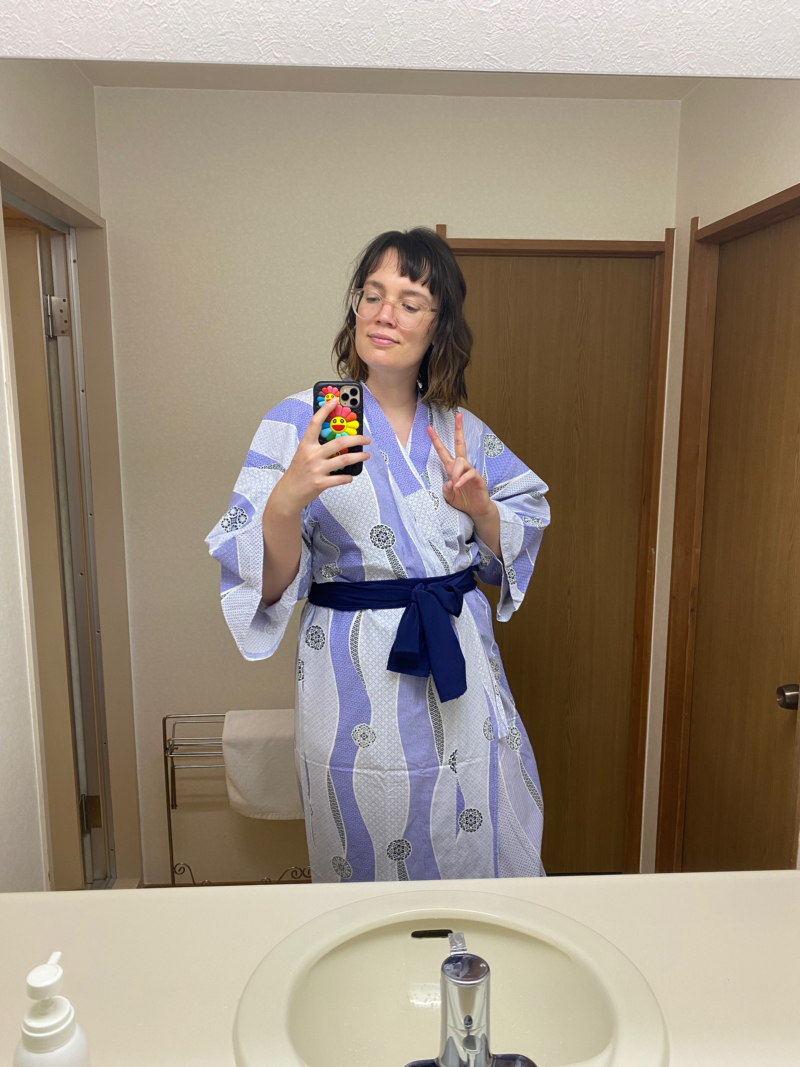
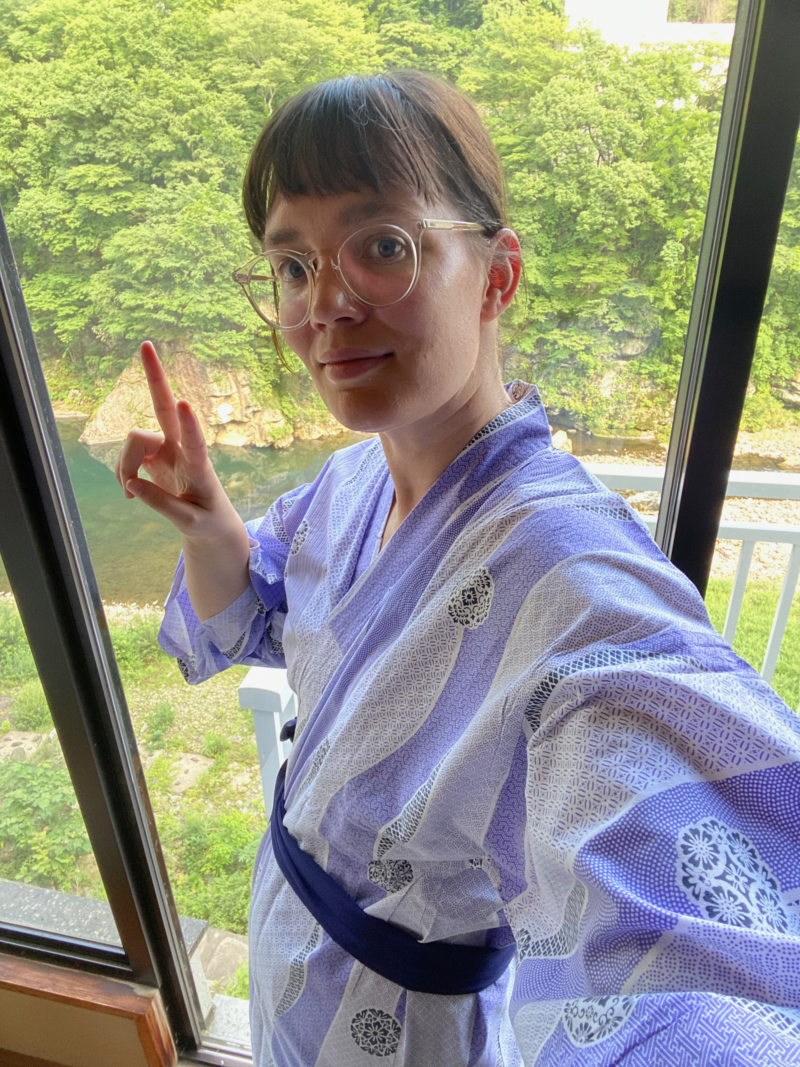
Entertainment
On Sunday we visited Tobu World Square, a miniature park where famous buildings from around the world are recreated on a small scale. It was over 30 degrees that day so we were totally melting, but fortunately Tobu World Square was prepared for that and had put up a number of cooling shelters scattered throughout the park: a kind of bus shelter with a sliding door and air conditioning. They also had an excellent restaurant, serving tempura with soba or udon.
After Tobu World Square, we decided to check out the abandoned hotels (Google Maps). From the outside though, I’m not much of a daredevil. (And certainly not in a country where I live on a one-year visa – a criminal record for breaking into an empty building doesn’t seem very helpful when trying to get an extension).
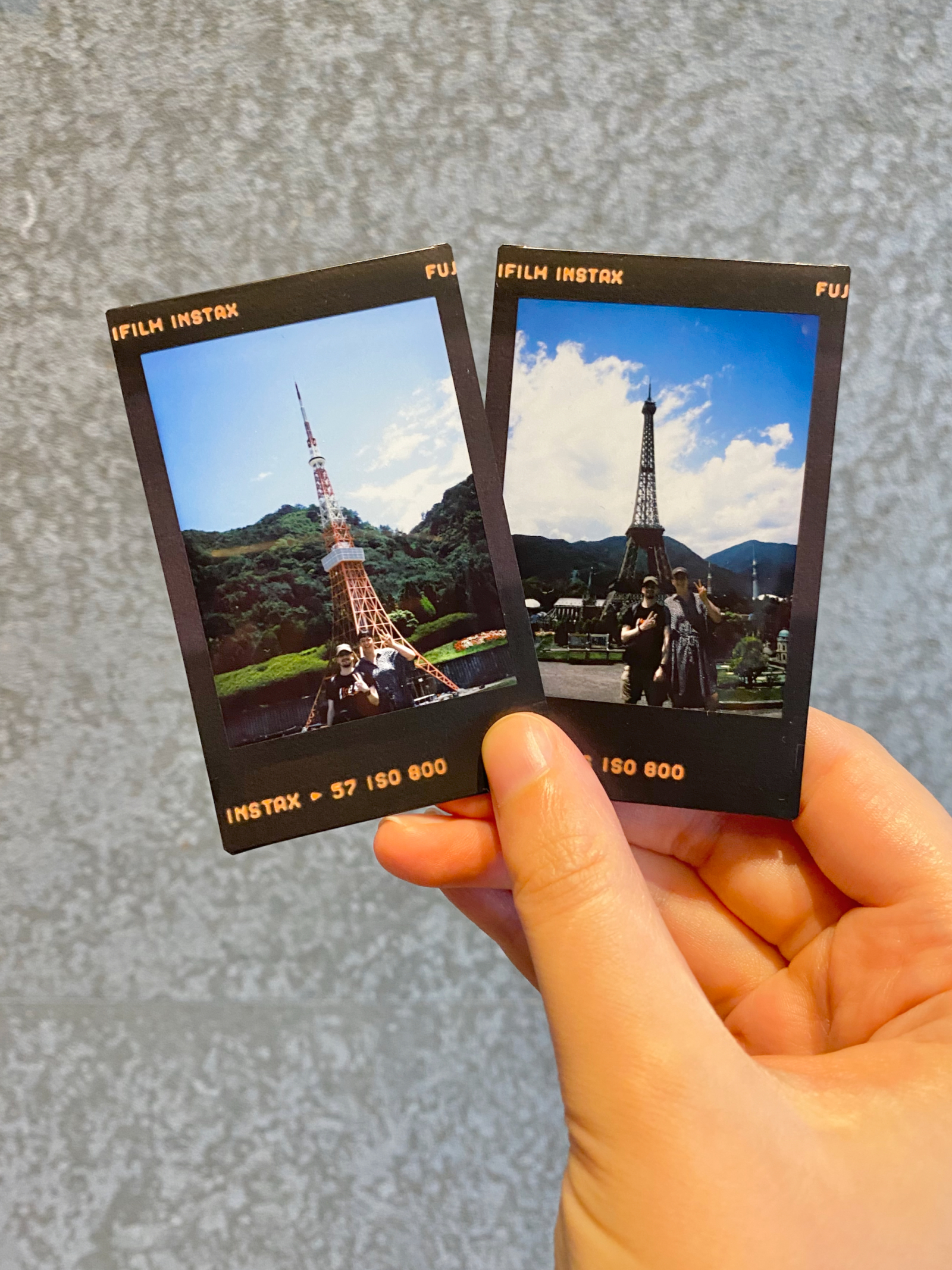

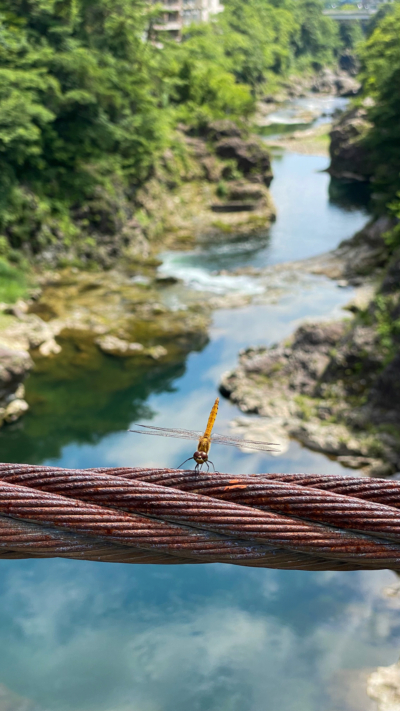

We walked from the abandoned hotels to the cable car. It went to Osaru no Yama (Google Maps), which means Monkey Mountain. Arriving at the base station, however, we were so exhausted from walking in the heat that we decided to continue directly to the hotel instead, so we could cool off there.
The next morning we had to check out at 10:00, but the steam train wouldn’t go until after three, and the train back to Tokyo was scheduled for the evening. Again it was blisteringly hot, so for a while we didn’t really know what to do that morning. There are several large dams near Kinugawa Onsen (Google Maps), one of which has a museum and restaurant that serves dam curry. (That’s a bowl with a “dam” of rice in it, with the curry sauce on one side of it and nothing on the other, so you can reenact a dam break.) This was originally the plan, but since I was still exhausted from the previous day, that fatigue was getting on my stomach and the dam was not too accessible by public transportation, we decided not to do that after all. Instead, we decided to go to the restaurant at Tobu World Square again.
The food made me feel better, and I quickly came up with a new mission. Sure, we wouldn’t take the train back until after three, but before that, the train would be heading here, and in doing so it would pass over a beautiful bridge over the river. With the timetable in hand, I could calculate exactly when. On Google Maps I had found the best spotter’s spot (here!) and we had just enough time to catch a local train there, and a local train back. Nerds, here we come!
Trainspotting
We were not the only ones at the spotting location. Several Japanese were already waiting with tripods and telephoto lenses. And just as the railroad crossing began to ring and we heard the choo-choos in the distance, the father of the little family next to us called out, “Damn, overheated!” My phone continued to work, thankfully.
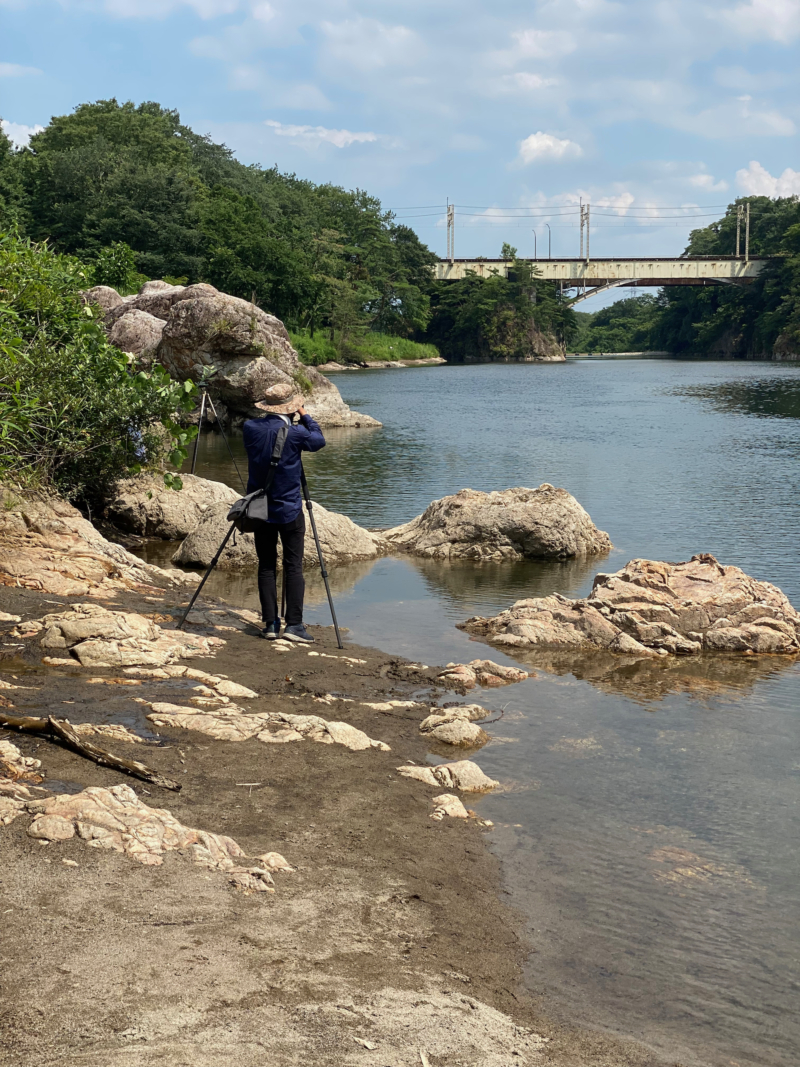
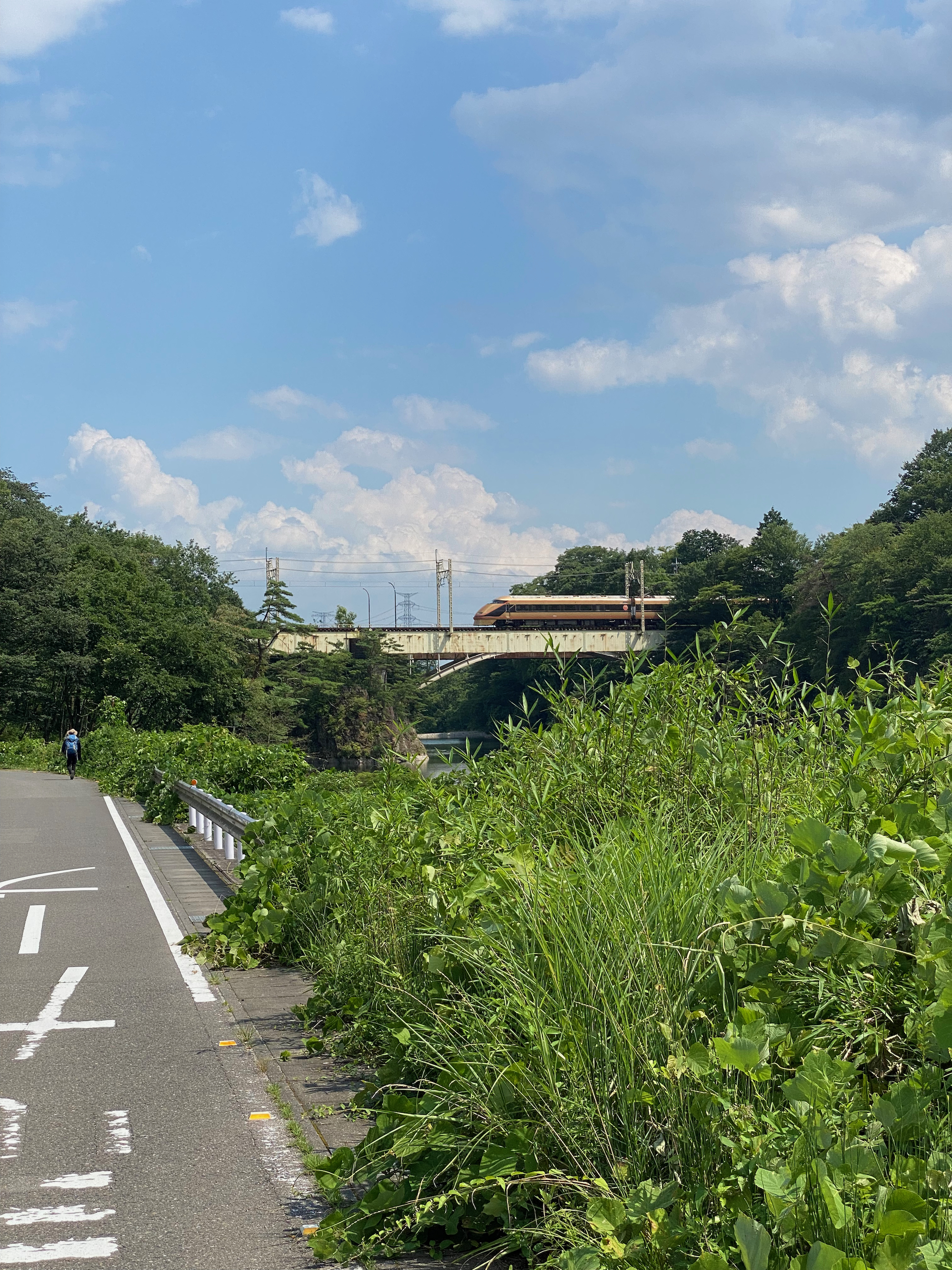
While we were on our way to the spotter’s location, another landmark on the map caught my eye. Something with Western, it said in katakana. I clicked on it and it turned out to be an abandoned Wild West theme park (Google Maps). I suddenly remembered that Maan had told me about this when she was here in May. She hadn’t ended up going because of the weather.
We walked by, but I didn’t dare go inside – and besides, we had very little time. We had to catch the local train back to Tobu World Square to board the steam train!
PS: I originally made this short video as a reel because Instagram thinks you should make one and that you will get more engagement. I’ve never had so little engagement on my content as with this reel. So if you guys would like to like it or something, I’d appreciate it. 🥲
Starbucks medal
Our ride on the steam train ended in Shimo-Imaichi. From there we wanted to look for a Starbucks, for our Tochigi prefecture medal. The nearest one was in Kanuma, a village where they grow strawberries and not much else. “Hey!”, said Jean-Jacques. “We can take the Spacia X! It’s only for a few minutes and we’re not sitting next to each other, but then we can see it! You want to?”
The moment we got off in Shin-Kanuma, I realized our mistake. “This train went on to Tochigi town, right? And our train home also stops there, right? So why are we going to spend half an hour in 35 degrees walking to a roadside Starbucks, when there’s one in Tochigi town ten minutes from the station? And a nicer one, too?”
It was sort of the overarching theme of this trip. Because of the steam train breaking down on day one we had to change up the plan, because of the heat we had to change up the plan, and so we always decided on the second-best solution, only to find out too late that we could have done things much more conveniently. Anyway, eventually we figured it out. So we boarded the local train to Tochigi town, found the Starbucks across from a row of traditional buildings and got the coveted digital medal. Score!
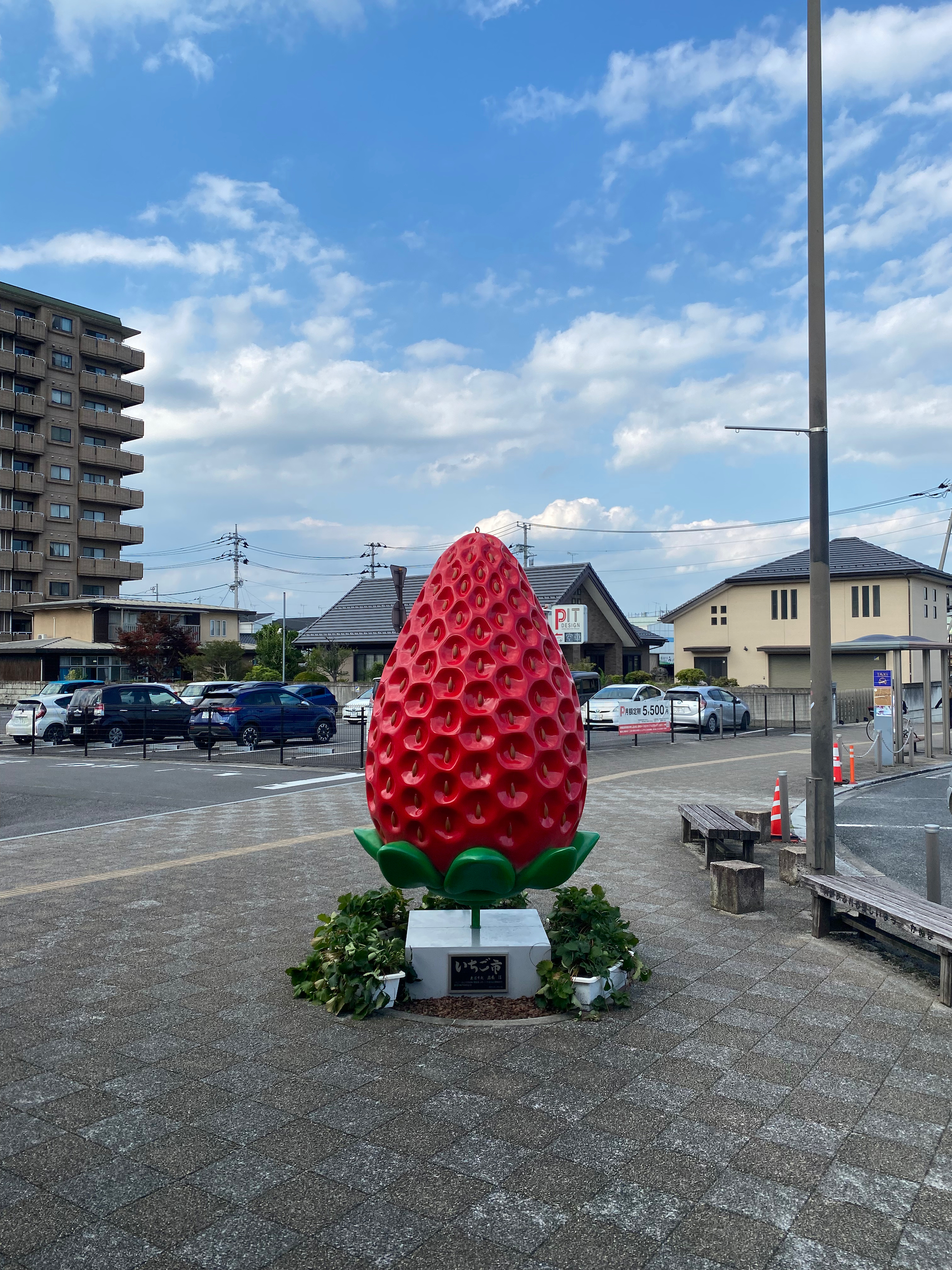


That evening at Tochigi we boarded the Revaty, another fancy express train. By the way, there was also an orange-colored JR train that could have taken us to Shinjuku station, which would have been so convenient for us. But we didn’t know that, so we ended up back in Kita-Senju, in the northeast corner of Tokyo. From there, it would be another hour and a half home for me, so I booked a last-minute stay at a LiveMax hotel for 27 euros. Businessman style. I slept like a baby.
Whoa, so oldschool! An RSS feed!
Save this link in your RSS reader and follow my blog however you want it – chronological, in your mailbox, in your browser... Yes, the past is here!
https://www.toeps.nl/blog-en/feed/